On August 11, 1931, an 8.0-magnitude earthquake hit the northern part of what is now known as Xinjiang Uygur Autonomous Region in northwest China. This tremendous earthquake happened in the Fuyun County near the Irtysh River at an area called Keketuohai. Luckily, the area was scarcely populated at the time and therefore it caused minor damages there.
The earthquake left the region with a giant scar – a 1,500-meter long, 350-meter wide collapse of the earthquake epicenter area. The massive earth movement widened the Irtysh Grand Canyon, and created several lakes as well as numerous mysterious mine pits.
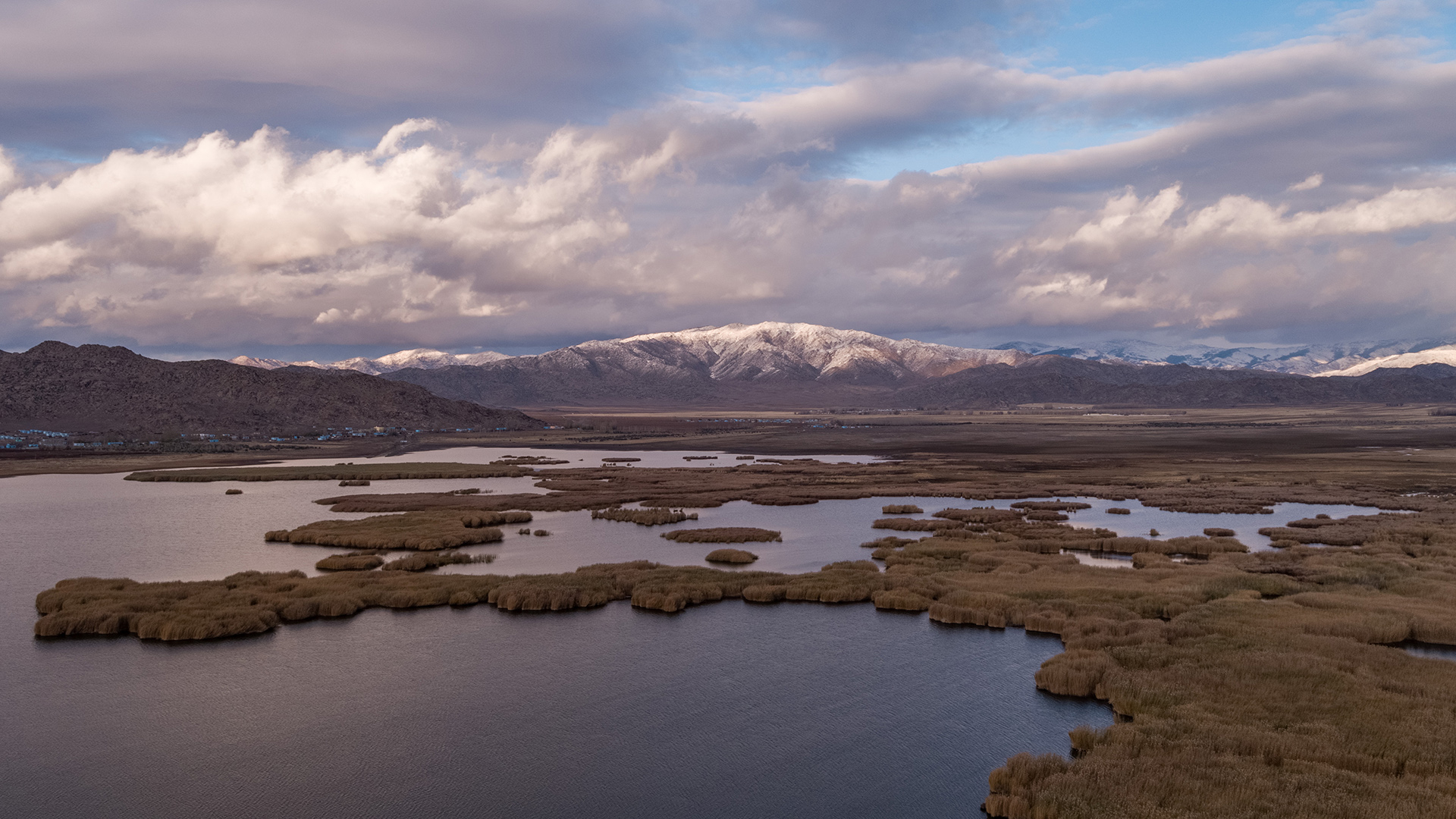
Kekesuli Lake at sunset. /CGTN Photo
Kekesuli Lake at sunset. /CGTN Photo
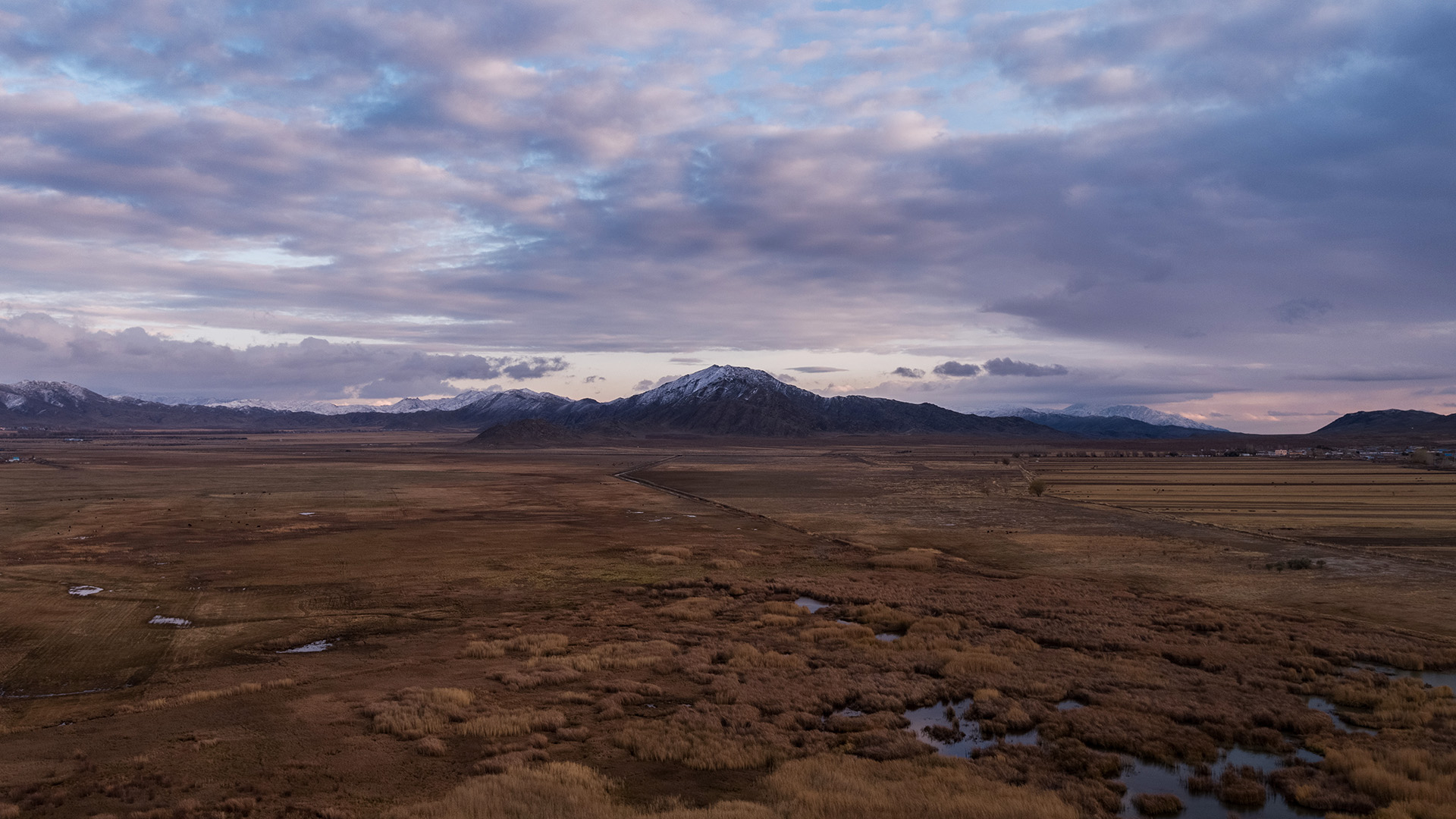
The rootless reeds cover the lake in late autumn. /CGTN Photo
The rootless reeds cover the lake in late autumn. /CGTN Photo
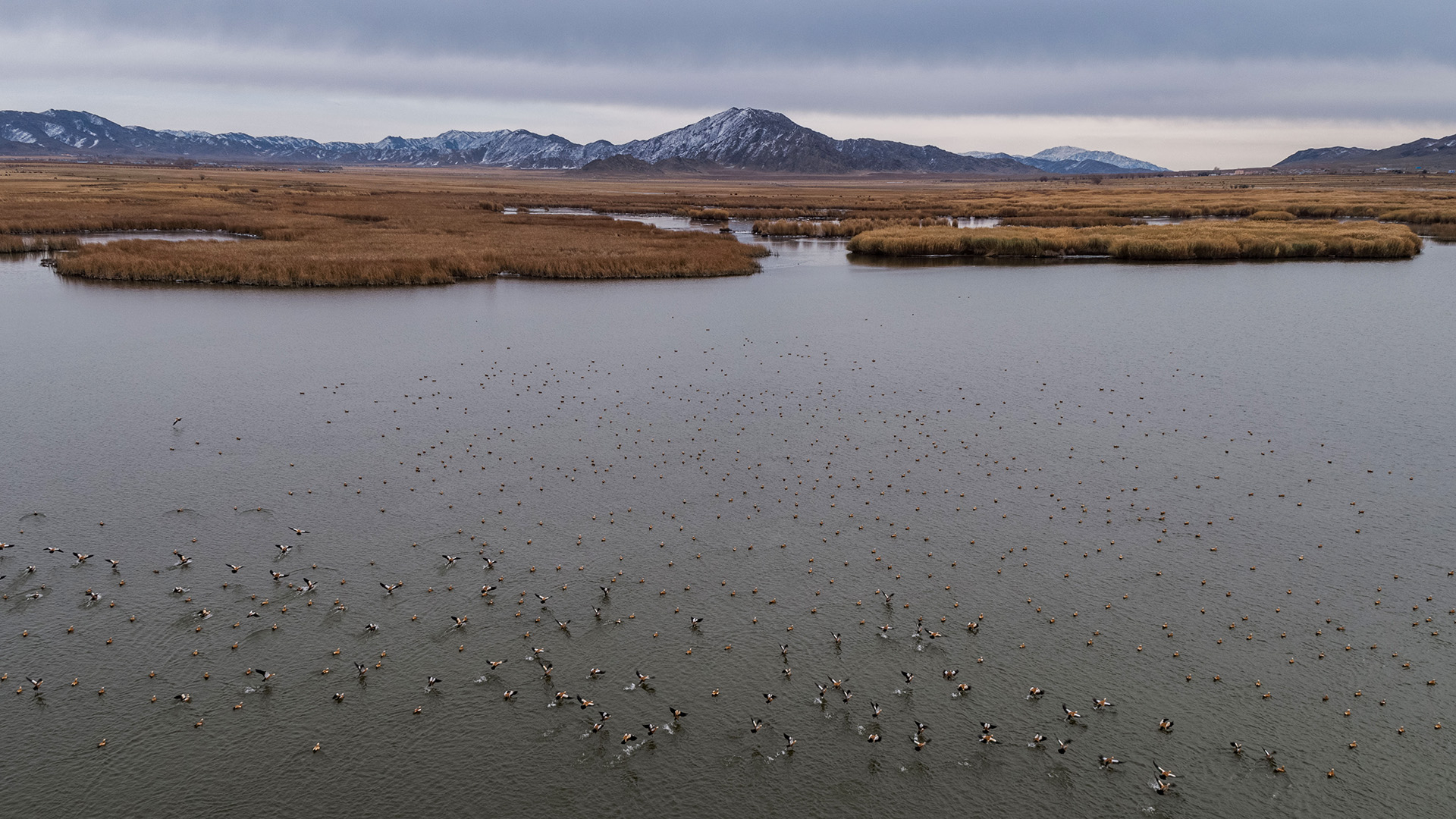
Wild water birds flock to the lake. /CGTN Photo
Wild water birds flock to the lake. /CGTN Photo
Among these lakes, the Kekesuli and Yileimu Lakes are the most outstanding bodies of "blue sapphire" sitting on this magical land.
The Kekesuli Lake is known as the "wild duck lake" to the locals. During summer and autumn, numerous water birds gather here to mate and breed. The rootless reeds float on the lake, letting the wind take them wherever they like. Therefore the view of the lake is different every day.
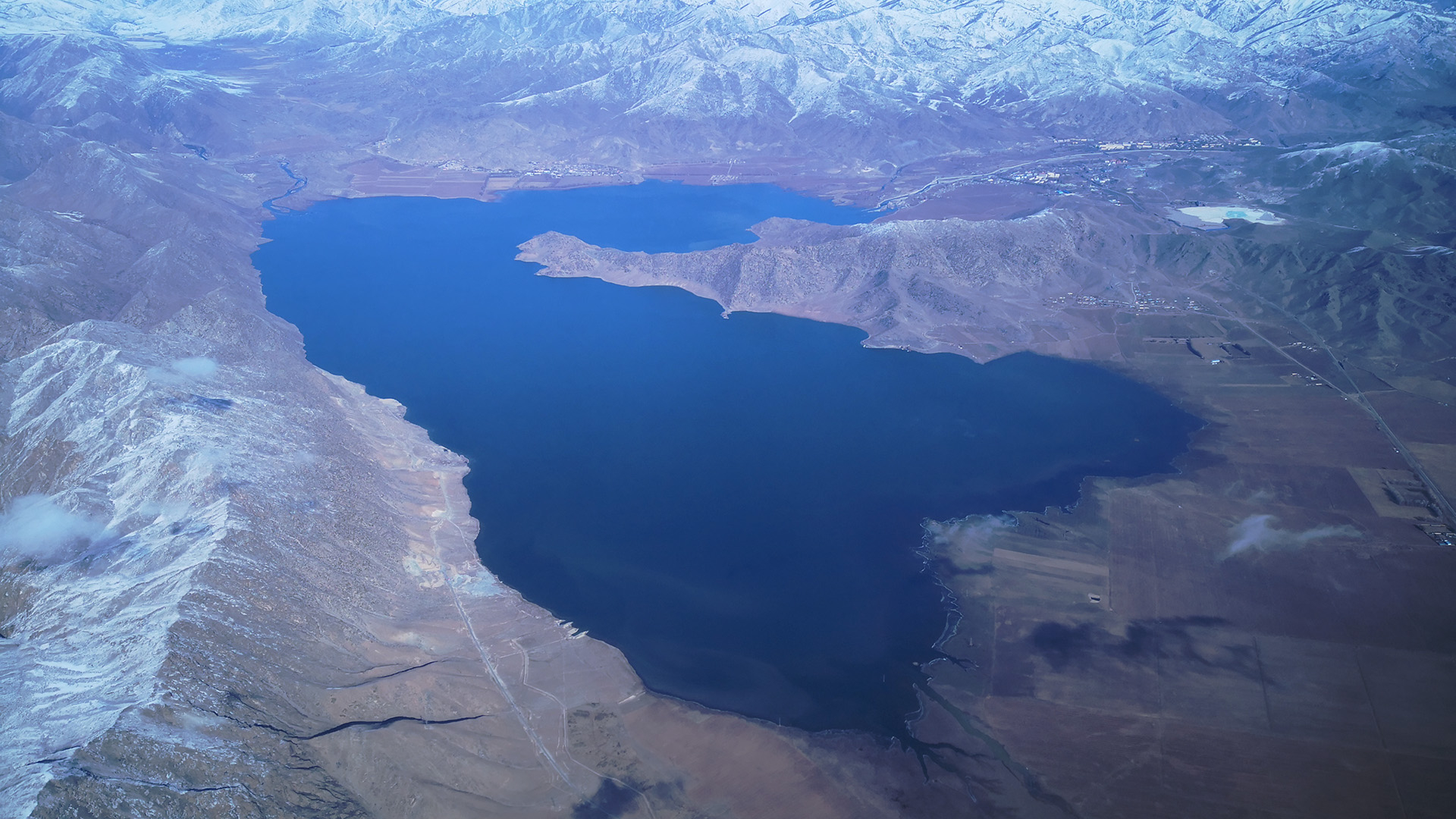
Yileimu Lake has the shape of an infinity symbol. /CGTN Photo
Yileimu Lake has the shape of an infinity symbol. /CGTN Photo
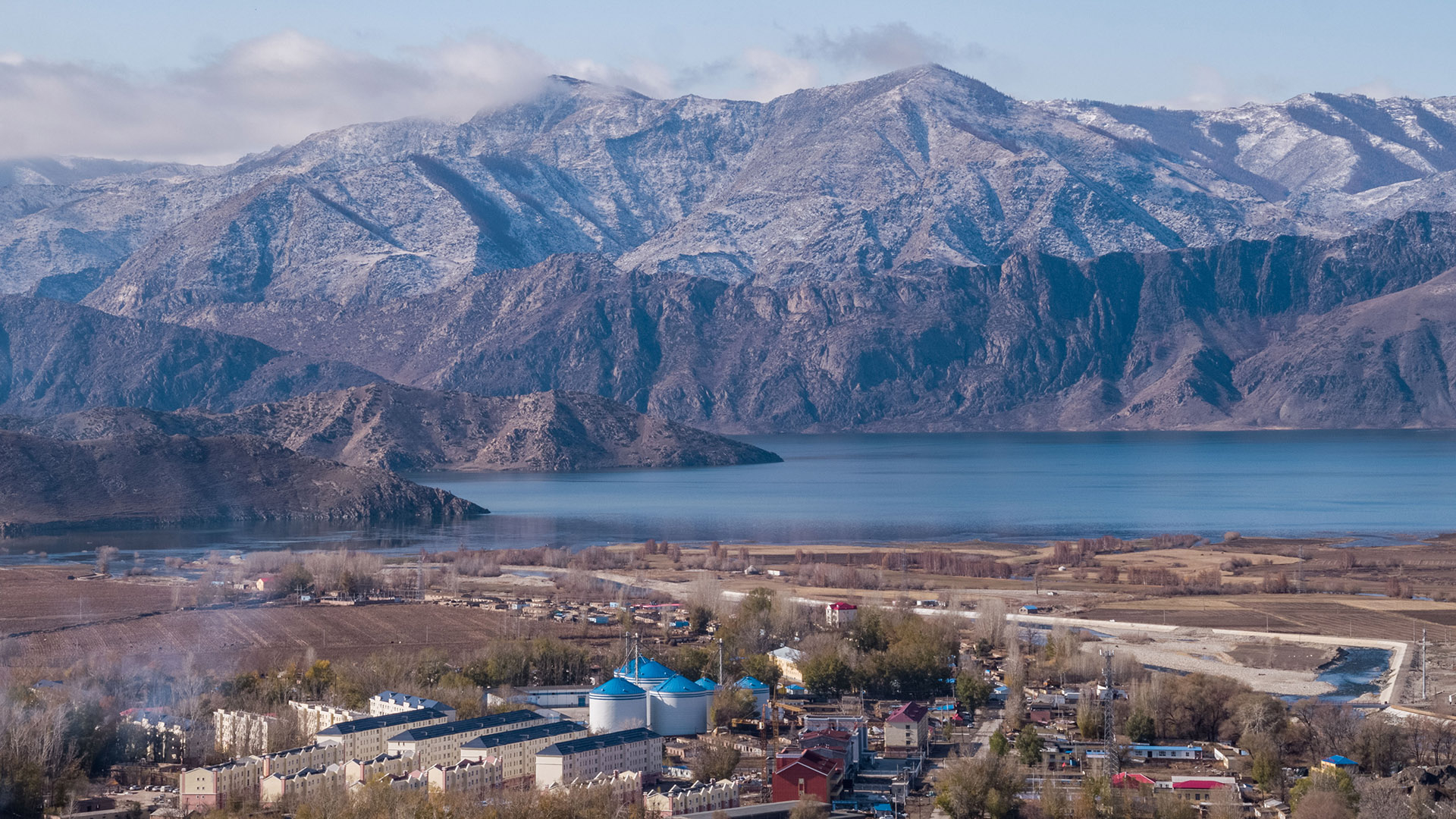
The quiet town around the Yileimu Lake. /CGTN Photo
The quiet town around the Yileimu Lake. /CGTN Photo
The name "Yileimu" means "swirl" in Kazak language. It is the first lake on the upstream of the Irtysh River. The melted water from the Altai Glaciers meets here and therefore the water is extremely cold. Only some tough cold water fish can survive here.
Breath of the Wild
Located on the south slope of the Altai Mountains, Fuyun county in the Altay Prefecture of northwest China's Xinjiang Uygur Autonomous Region is the cradle of diverse geological wonders and abundant wildlife. In this series, CGTN Nature film crew will take you on an exciting adventure into the places that few people know.
Read more:
Meet the only beaver species in China, cute and intelligent
The Irtysh Grand Canyon: Earth's ridgy veins
Aerial view of Keketuohai Geopark in NW China
Dragon's blood sedum: Crimson leaves in snow-covered ore mine
A wild snow mountain in Altay Region, NW China's Xinjiang
China's Yosemite | Keketuohai Geopark
Herbane: A poisonous plant used as an anesthetic
(All photos provided by CGTN Nature film crew.)
(If you want to contribute and have specific expertise, please contact us at nature@cgtn.com.)